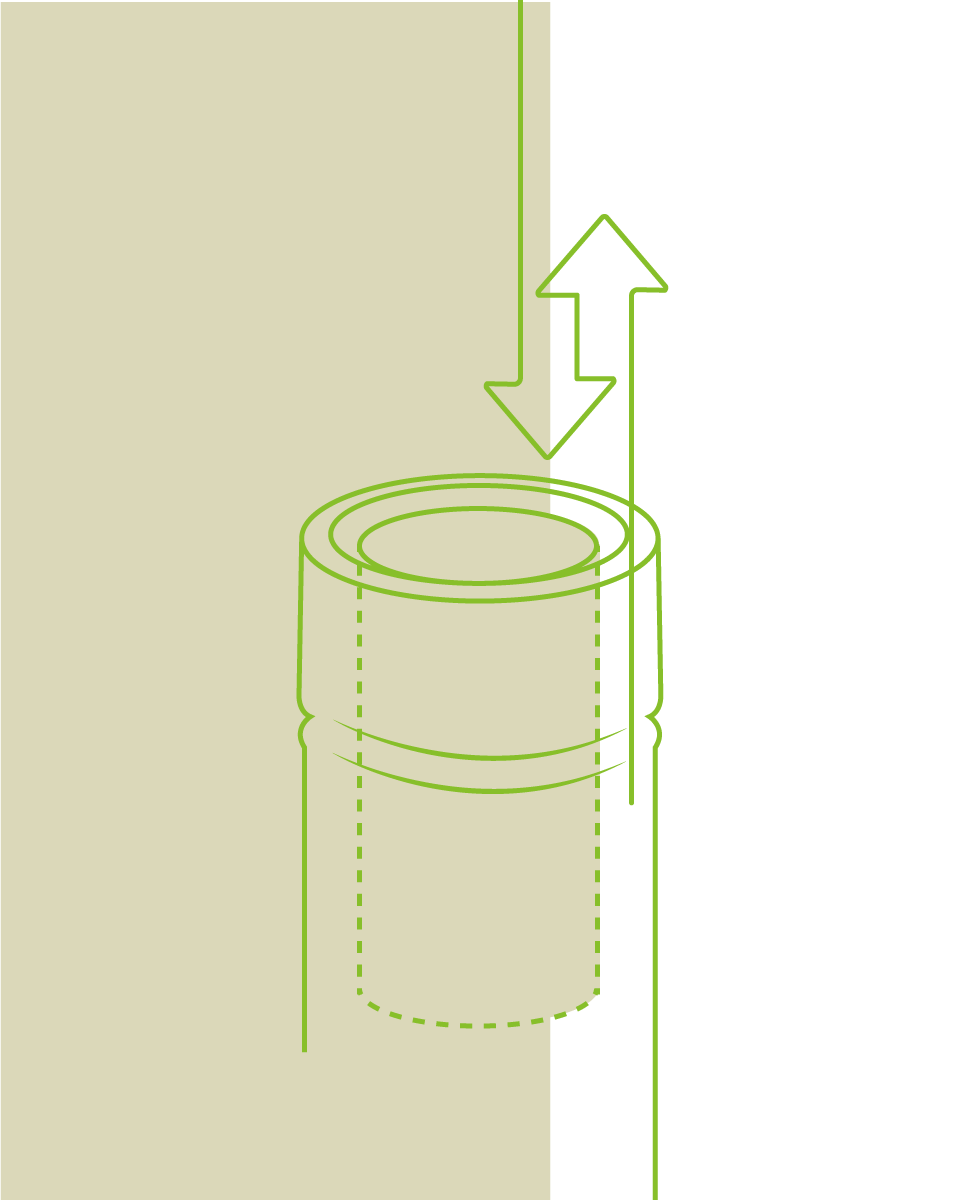The ingress of Oxygen through the cork closures
Modelling the oxygen ingress through the cork closures.
The choice of stoppers for wine bottles is usually made taking into account their oxygen permeability.
In this study, we analysed some stoppers available in the market regarding the permeability of oxygen over time in stoppered bottles, two of which are natural cork closures and eight are micro-agglomerated cork, at different temperatures (8, 23 and 40 ◦C), with and without contact between the cork and a wine simulator.
The Weibull model describes oxygen ingress well. Differences were found between cork stopper types in long-term oxygen pressure (Po) and ingress rates (τ).
For micro-agglomerated cork closures, the Po increased and the τ decreased with the temperature, following the Arrhenius behaviour, with estimated activation energies of 15.3 and 35.2 kJ mol 1, respectively.
Micro-agglomerated cork closures showed a slower initial oxygen ingress, but a higher long-term oxygen ingress than natural cork closures.
The Principal Component Analysis (PCA) showed that factors related to the bottleneck/cork interface contributed more to system variation than the type of cork. Contact with liquid reduces the rate of oxygen ingress by about five times. Temperature impact in oxygen ingress was lower for natural cork closures.



